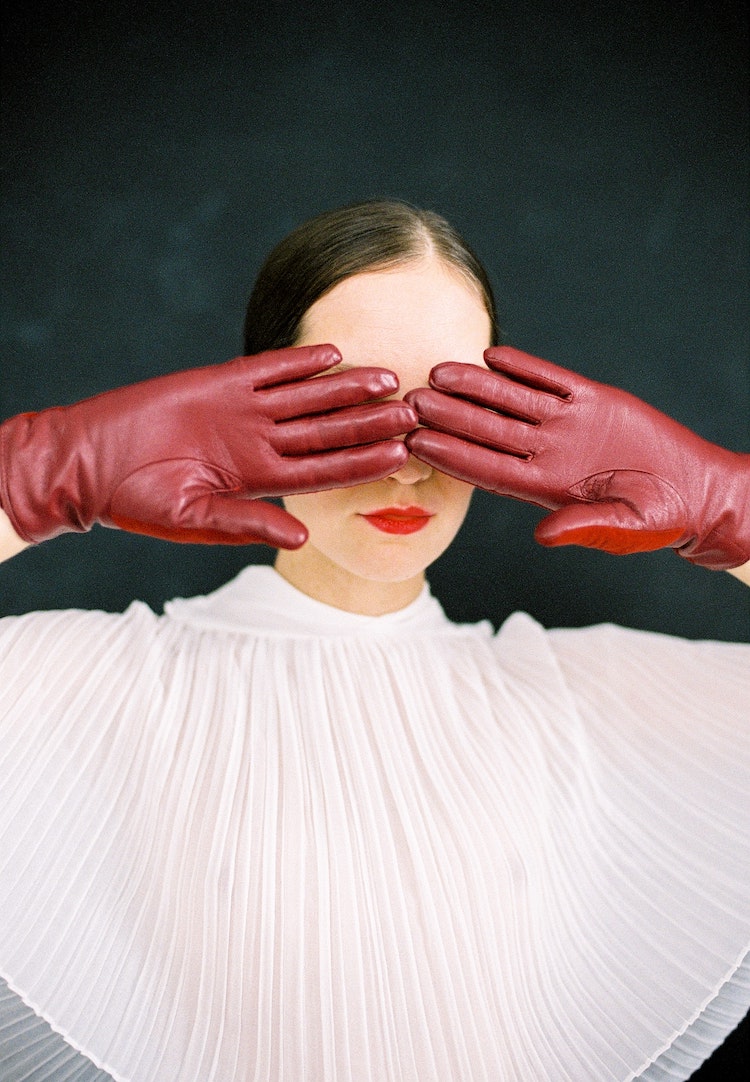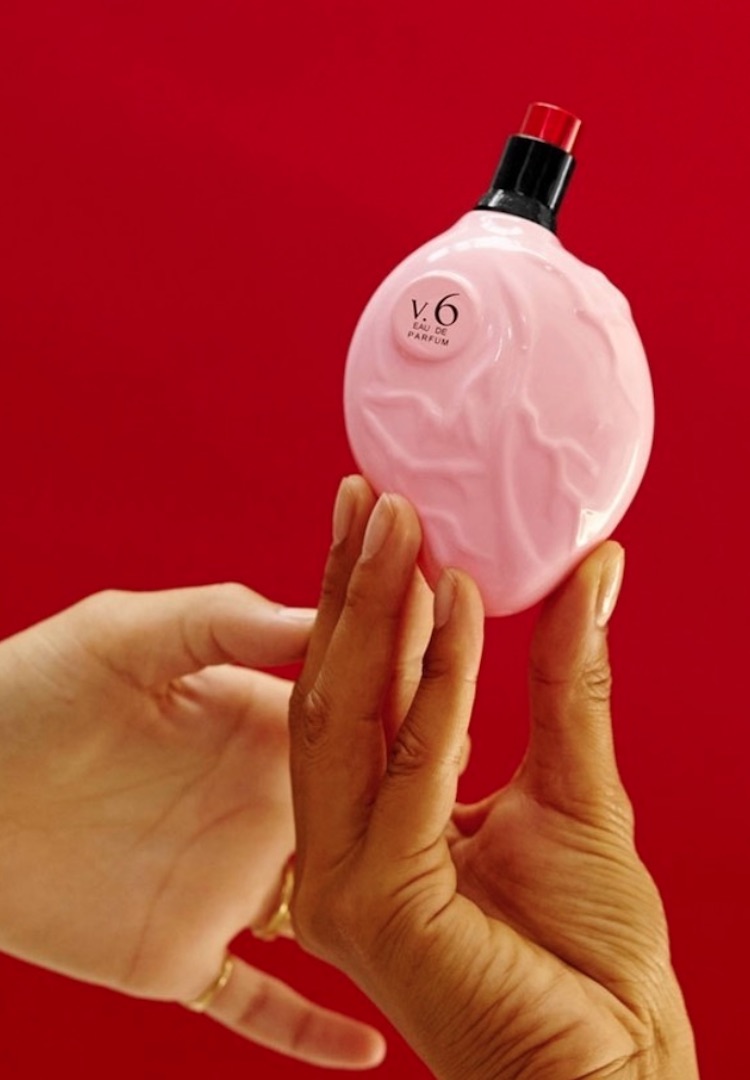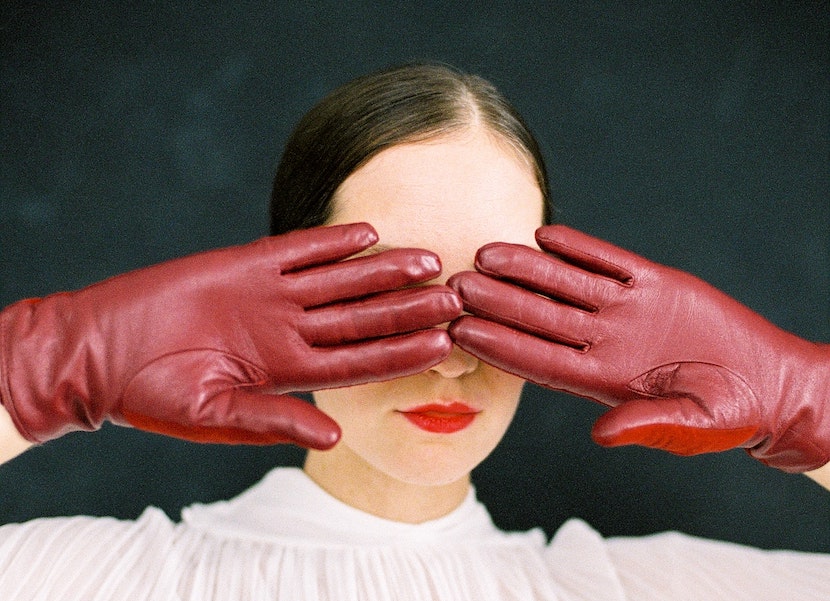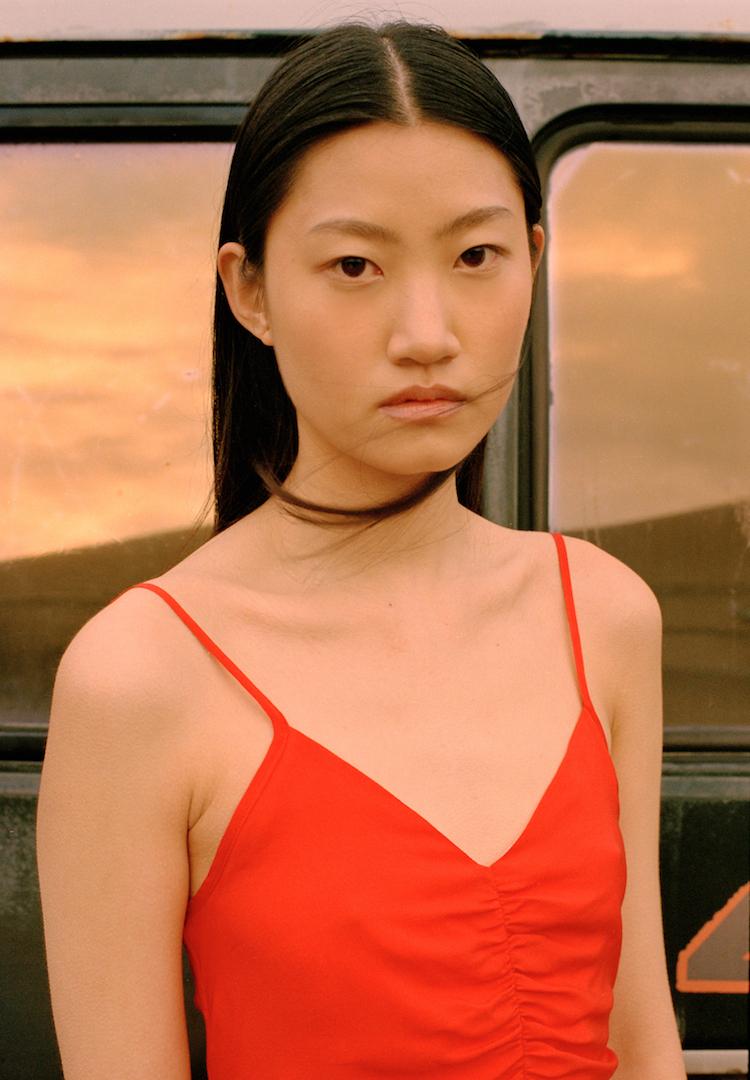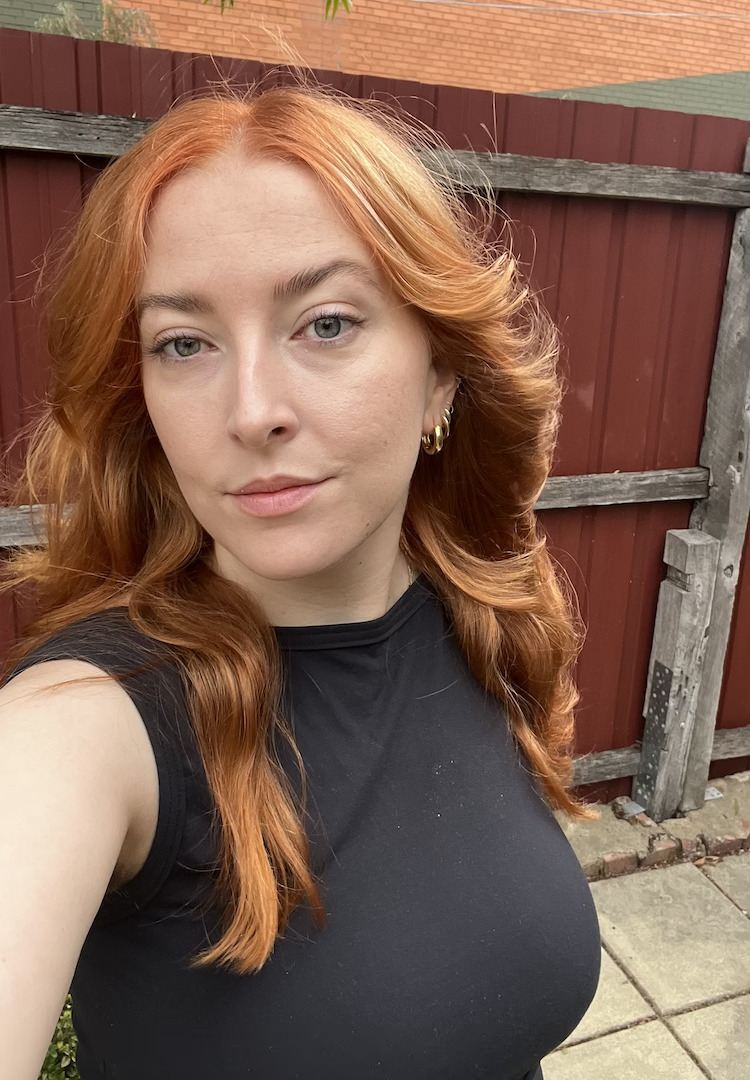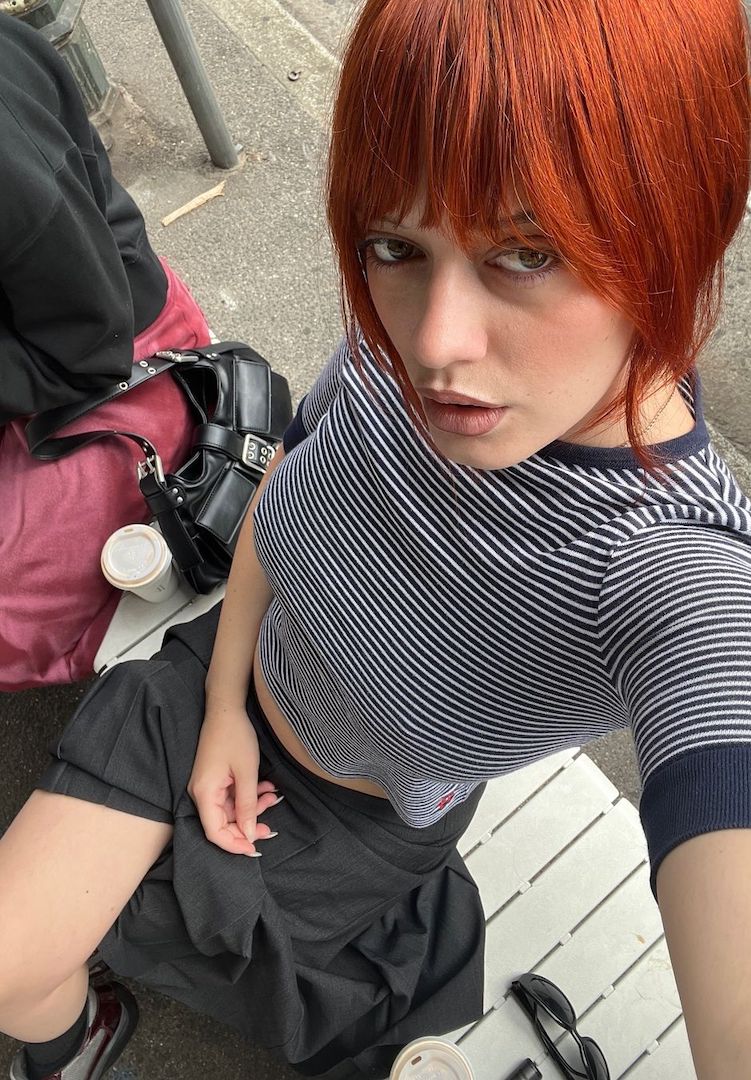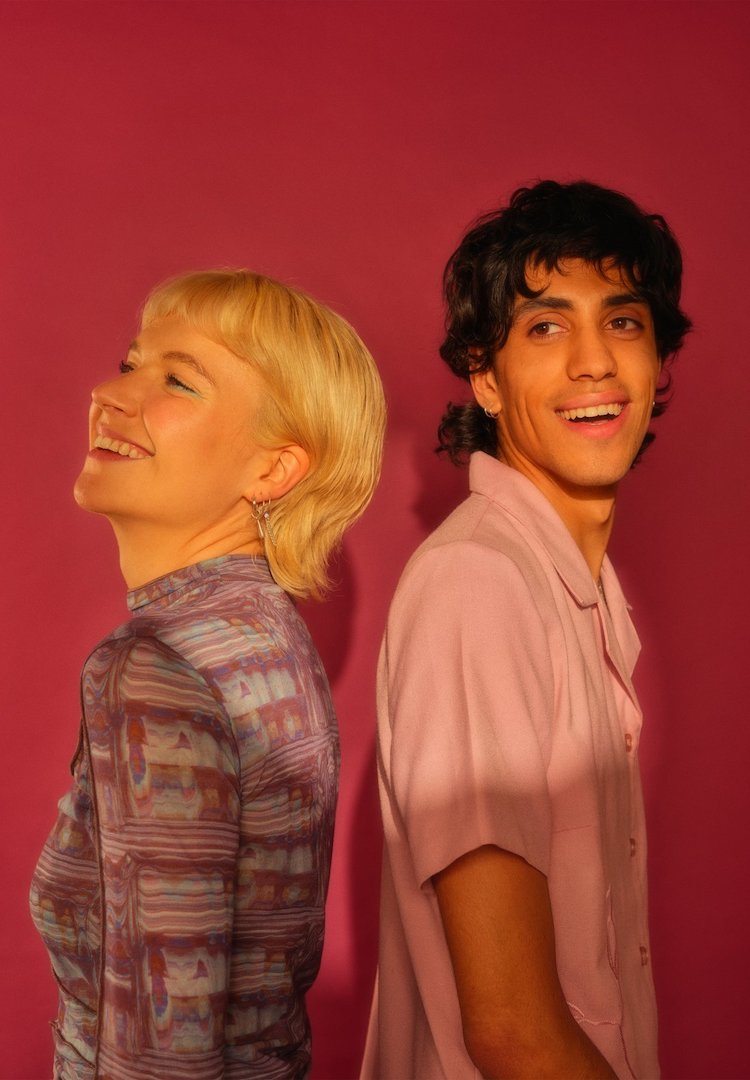Is my slicked-back bun making my hair fall out?
words by alyssa forato
“If not stopped or not caught in time, it can actually lead to permanent hair loss.”
There’s nothing quite like a slicked-back bun to fix the most awful of hair days. I could go without washing it for a week, have the greasiest hair and look like a drowned rat, but the second I slick it back all my problems are solved. All of a sudden I look fresh, clean and chic. Sometimes I’ll even slick it back when it’s been freshly washed, simply because I love how it looks.
If you’re nodding along while reading this, you too might be a fan of the ‘clean girl’ aesthetic or maybe you just appreciate looking put together when in reality you’re being extra slack with your hair wash routine. But what if it’s doing more harm than good?
Looking for skincare recommendations? Head over to our Beauty section.
When I heard that slicked-back buns and ponytails can cause receding hairlines, my heart sank. How could something so simple be causing so much damage? While I haven’t noticed any changes to my own hairline, I don’t want to take any chances. I spoke to hairdresser and the Owner of Blossom Hair, Body, Face and Wig Boutique, Michelle Follington, to find out if this is truly the case.
Can a slicked-back hairstyle like a bun or ponytail cause a receding hairline?
“Absolutely, yes,” Michelle says. “Over the years we’ve seen many people come into our space suffering with traction alopecia.” Traction alopecia is a type of hair loss that’s caused by your hair being repetitively pulled – like when it’s placed tightly in a slicked-back hairstyle. These types of hairstyles are one of the main causes of traction alopecia.
“Basically, it can result in thinning of the hair or hair loss, and if not stopped or not caught in time, it can actually lead to permanent hair loss,” Michelle adds.
Even if you have a full head of thick hair, that doesn’t necessarily mean you’re safe from traction alopecia. Since it isn’t a genetic condition, it’s caused by what Michelle calls a ‘mechanical situation’, because the hair is under tension continuously.
Is traction alopecia permanent?
Thankfully, traction alopecia isn’t always a permanent issue. Michelle says that if you catch this type of alopecia in time, your hair can regrow to what it once was.
“If you ignore [traction alopecia] and the hair follicle then dies off, then it can be permanent,” Michelle explains. “But if you catch it in time and you change your habits, change your hairstyle and stop that pulling, then definitely, the hair can regrow.”
But how early do you need to catch it before it goes too far? Unfortunately, there isn’t an easy answer. Michelle says it depends on the individual, as no two people have the exact same hair, as well as how often you wear a slicked-back hairstyle. Some people may have really fine, thin hair and notice their hairline receding after a few weeks or months while it may take someone with stronger and thicker hair follicles much longer to notice a change.
If I think I’m showing symptoms of traction alopecia, how do I stop it?
If you’re noticing your forehead seems to be getting bigger and bigger with every slicked-back bun hairstyle, what should you do? “Stop slicking your hair back straight away and talk to a professional,” Michelle directs. “Even if it’s half up half down, you’re still pulling that top section and putting tension on it.”
A good starting point is to go to your regular hairdresser or hair stylist, Michelle says. They’ll be able to provide you with helpful advice and product recommendations to get your hair health back to what it once was. However, if their recommendations aren’t really helping you, it’s best to go and speak to a dermatologist or your GP.
Do I need to permanently stop slicking my hair back to prevent hair loss?
I don’t know about you, but I’m not quite sure if I’m ready to give up my slicked-back hairstyles just yet, so I tentatively ask Michelle if I could continue to wear this hairstyle.
After all, it isn’t like I wear slicked-back buns and ponytails religiously (despite loving them). I probably do it two to three times a week at most. It’s also the perfect way to reduce the temptation of using heat on my hair, so I really don’t want to let it go.
To my relief, Michelle tells me it’s okay to wear your hair slicked back like this occasionally. She says that once or twice a week is a sweet spot because you can enjoy the hairstyle without the extensive damage. So while I’ll be reducing the number of times I frequent my slicked-back bun look, you best believe I won’t be quitting this hairstyle anytime soon.
For more on treating traction alopecia, head here.


